Vietnam is a country with a large variety of beliefs and religions. With the geographical location in Southeast Asia, three sides facing the sea, Vietnam possesses a lot of favourable conditions for exchanging and integrating new religions. The creeds and cults of Vietnam have become a strong magnet for spiritual travel. If you are interested in exploring a deeper side of tourism in Vietnam, don’t ignore this article.
Everything About Vietnamese Religion
Religious Culture In Vietnam
On a report carried out by the Government Committee for Religious Affairs, it is estimated that 26.4% of the population is classified as a member in one of the 13 official religions in Vietnam. 14.91% of the Vietnamese are Buddhists, 7.35% Roman Catholic, 1.16% Caodaists. The smaller religious groups together account for less than 3% of the population.
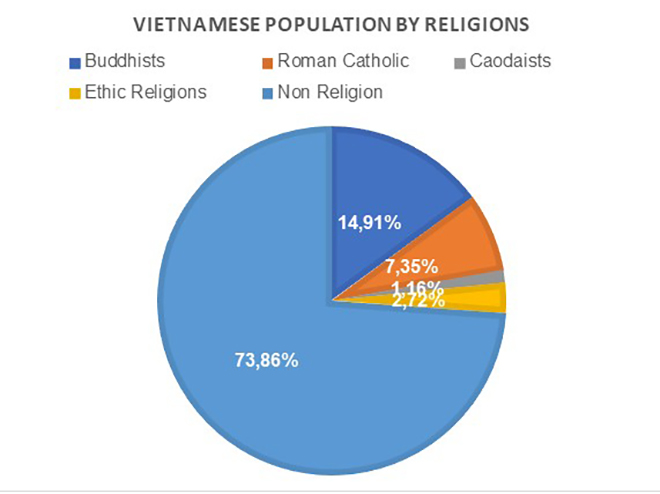
Source: International Religious Freedom Report 2018
As you can see, the majority of Vietnamese citizens identify themselves as non-religious. However, they have a long-standing tradition of worshipping their ancestors, national heroes or folk characters. Ethnic minorities also have their own religion based on long-established rituals and beliefs in their own community.
The non-religious and religious believers live in harmony with each other. There hasn’t been any conflict or domestic unrest related to religions in Vietnam.
Outstanding Features Of Dominant Religions In Vietnam
Buddhism
Among all the religions in Vietnam, Buddhism has the most followers. According to the 2009 statistics, the number of Buddhists is nearly 7 million people. Even the non-religious Vietnamese have a tendency for Buddhism. Between 80% and 90% of the population goes to a temple or pagoda on a regular basis.
There are two branches of Buddhism in Vietnam: Mahayana and Hinayana. Mahayana Buddhism first came from China to the Red River Delta region of Vietnam in about 200 years and became the most popular religion in the country. Theravada Buddhism came from India, becoming popular in the south of the Mekong Delta from about 300 to 600 years and becoming the main religion in the southern region.
Today, Buddhism has become the dominant religion in Vietnam. Mahayana Buddhism has been recognized by many people as the main religion of the Vietnamese and some ethnic minorities living in the northern mountains. Mahayana Buddhism in Vietnam also embraces the values of Taoism, Confucianism due to Chinese influence.
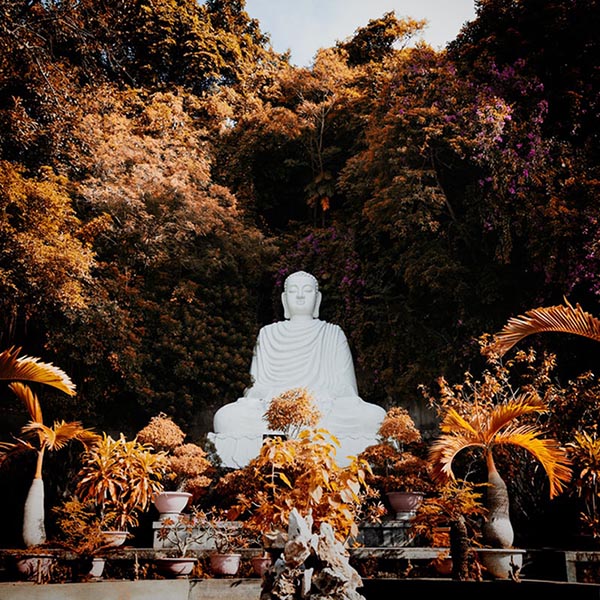
Photo: Rowan Heuvel/Unsplash
Roman Catholicism
Roman Catholicism first came to Vietnam in the 16th century in Nam Dinh (during the Le Trung Hung Dynasty). Following the efforts of a number of Portuguese, Polish and Spanish missionaries, strong communities of Roman Catholic people were officially formed during the period between 1615 and 1627. Under the ancient feudalism, Roman Catholicism was limited. However, during the French colonial period, freedom for religion made a way for Catholics and other religions to develop.
Vietnamese Catholics live mostly in the Red River Delta, especially in the provinces of Nam Dinh, Ninh Binh, Hai Duong, Hanoi; followed by the areas of Vinh, Hue, Saigon and Quy Nhon. According to the 2009 statistics, there are approximately 5 million Catholics with about 6,000 churches in many parts of the country.
Cao Dai
Cao Dai is a native Vietnamese religion founded in 1926 with the holy centre in Tay Ninh. This religion worships an omnipotent God. Caodaism followers practice many good deeds such things as not killing, being honest, fleeing animals, praying and worshipping ancestor.
According to data of the Government Committee for Religious Affairs in 2011, there are 2.4 million Cao Dai followers distributed in 39 provinces and cities nationwide, mostly living in Tay Ninh.
Places For Spiritual Journeys In Vietnam
One Pillar Pagoda (Hanoi)
One Pillar Pagoda is a part of the Ho Chi Minh relics in Hanoi. It is within easy reach from the Ho Chi Minh Mausoleum, Ho Chi Minh Museum.
It has only one compartment located on a stone pillar in the middle of the lake resembling a lotus flower. Legend has it that the pagoda was built in accordance with the dream of King Ly Thai Tong (1028-1054). In 1049, the king dreamed of seeing Guan Yin Buddha sitting on a lotus throne leading up to the Heavenly Yard.
After erection and under the Ly dynasty, on April 8 of the lunar calendar, the king goes to the temple to do a Buddhist ceremony. The monks and the local people from Thang Long Citadel (the ancient name of Hanoi) attended the ceremony.
One Pillar Pagoda has been chosen as one of the symbols of Hanoi capital. Its image is popular in many other countries. In Moscow, there is a version of One Pillar Pagoda built at the Complex of Cultural – Commercial and Hotel Center “Hanoi – Moscow”.
Photo: Shutterstock
Yen Tu (Quang Ninh)
Yen Tu Mountain is a high mountain range in the Northeast of Vietnam with rich and diverse flora and fauna system. The mountain also retains a system of cultural and historical relics associated with the birth, formation and development of Truc Lam Yen Tu.
In the past, Yen Tu used to be the centre of Buddhism since King Tran Nhan Tong gave up the throne to become a monk and established a typical Buddhist line of Vietnam, named Truc Lam Yen Tu.
To reach the highest point of Yen Tu, which features a pagoda made 100% from coppers, visitors have to climb up hundreds of rugged steps following the cliff. Nowadays, there are 2 cable car systems to make it easy for tourists. This gives you plenty of time to enjoy the stunning scenery of Yen Tu mountains hidden in the clouds. Especially on clear days, from the top of the mountain, you can even see the Ha Long sea, a top-picked tourist destination recognized by UNESCO.
Bai Dinh Pagoda (Ninh Binh)
Located in Gia Sinh commune, Gia Vien district, Ninh Binh province, at the western gateway of the ancient capital Hoa Lu, Bai Dinh pagoda is one of the sacred destinations that are especially popular with tourists.
Built on an enormous area of nearly 540 hectares, Bai Dinh pagoda from above looks like as a vast maze, filled with the greenery. Bai Dinh Pagoda is known for many records such as the largest temple in Vietnam, the temple with the largest gold-plated Buddha image in Asia, the temple has the longest stupa corridor in Asia.
Photo: Shutterstock
Tam Chuc Pagoda (Ha Nam)
The pagoda is located in Ba Sao town, Kim Bang, Ha Nam. It has a very favourable position. Behind is That Tinh mountain, in the front is Luc Nhac (six bells) lake.
There are numerous monuments in Tam Chuc Pagoda. The Emerald Pagoda has 500 stone steps leading to the top. Tam Bao Palace has a huge area of up to 5100m2 and can accommodate about 5,000 people at the same time. Inside the palace, there are 3 Buddha statues made of bronze, each weighs up to 80 tons. Behind the Buddha image, you will find a golden-plated lotus leaf.
Thien Mu Pagoda (Hue)
Thien Mu is the oldest temple, the most massive architecture and also the most beautiful temple of Hue. Thien Mu Pagoda is built on Ha Khe hill in Huong Long commune, 5km west of the city centre.
Legend has it that a fairy appeared on the hill of Ha Khe, telling the people in the area that there would be a lord to erect a temple to worship Buddha here to gather spiritual energy for the eternal existence of the country. 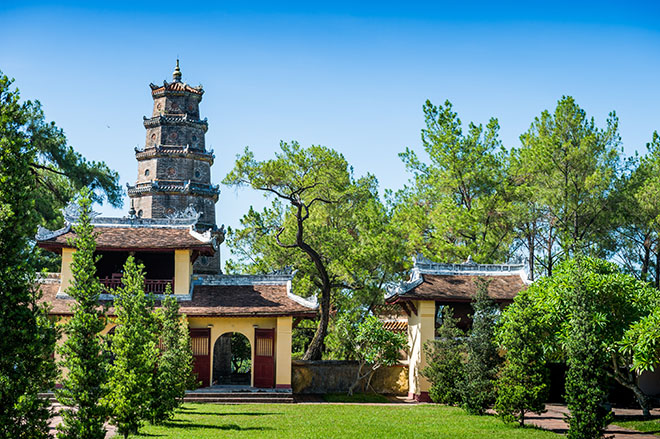
Photo: Shutterstock
Linh Ung Pagoda (Da Nang)
Linh Ung Pagoda, Da Nang is located in a land of beautiful, sacred and poetic terrain at an altitude of nearly 1,500 meters above sea level of Danang. This temple has the largest statue of Quan The Am in Southeast Asia. The Buddha statue is 67m high, standing on a lotus with a diameter of 35m, leaning back on Son Tra mountain, overlooking the downtown Danang.
Black Lady Mountain Spiritual Tourist Area
Ba Den (Black Lady ) Mountain is the highest mountain (986m) in the South of Thanh Tan Commune, Hoa Thanh District, Tay Ninh,110km from Ho Chi Minh City.
The Spiritual Tourist Complex of Ba Den mountain relics were formed by 3 mountains and a system of Dien Ba pagodas. When you set your foot in this place, you will be amazed by the beauty and mystery of hundreds of caves.
Holy Building Of Caodaist In Tay Ninh
The Tay Ninh Holy Building is located about 5km to the east of the centre of Tay Ninh town, The construction started in 1936. And it is a famous architectural and artistic work and the administrative centre of Cao Dai religion in the West.
In the Cao Dai Holy Site, there are many artistic details typical for Cao Dai religion. The building features a main structure with two tall towers. In front of the Holy Temple, there is a Thien Nhan (brilliant eyes) picture on the top, the symbol of Cao Dai. The design of the building from the outside to the inside shows the harmony between Eastern and Western architectural art with dazzling dragon columns and cleverly decorated patterns.
Christ The Redeemer Statue (Vung Tau)
Christ The Redeemer Statue stands on a small mountain top of Vung Tau city. It was built in 1974. This statue is 32 m high, arm length spreading 18.3 m situated on a height of 170 m overlooking the sea. Inside there is a staircase of 133 steps leading to the hands of the statue.
It is often compared as a version of in the city of Rio de Janeiro of Brazi. The Vung Tau icon is even 2 meters higher than the Christ The Redeemer Statue in Brazil.
Ellie I didn’t have many opportunities for travel during my early childhood, so I decide to dedicate my young adult years to exploring the world. “Set off with a pure heart”. That’s my motto for any adventure in my life. And as sharing is caring, I love writing about my journeys so that the audience can gain an objective view of the destination. That’s what I do before travelling, set the right, open mind to welcome both obstacles and blessings. So stay tuned for my new stories.



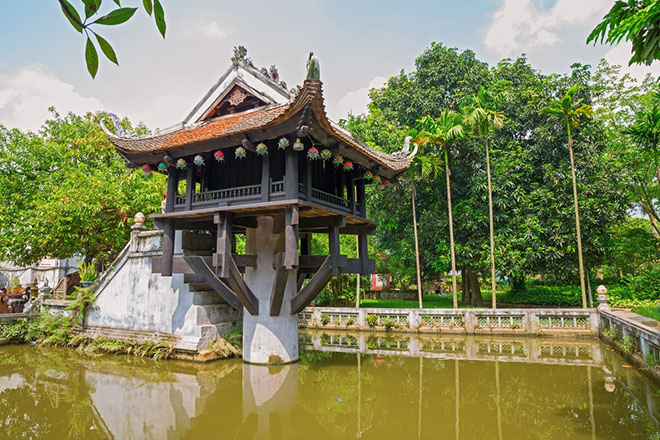
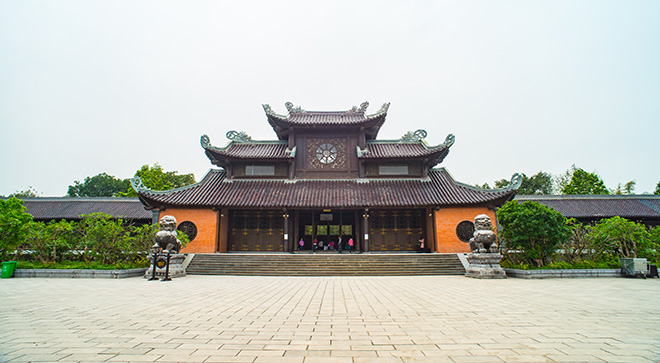

Comments